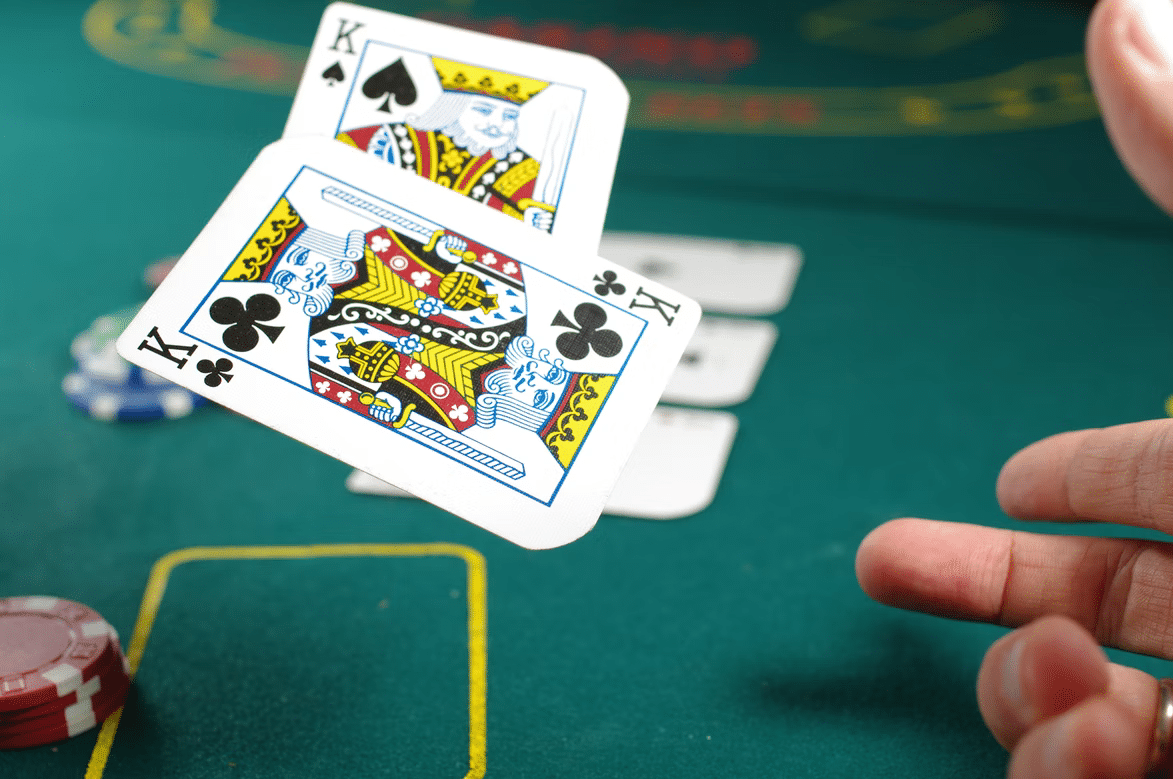Blackjack, also known as 21, is one of the most popular online casino and table casino games worldwide
Its allure lies in the blend of luck, skill, and strategy, making it appealing to both casual and serious players. The game’s objective is straightforward: beat the dealer’s hand without going over 21 – even better if you get 21! However, achieving this goal can be complex, leading to the development of various blackjack strategies. This article explores the most prominent blackjack strategies, including Basic Strategy, Card Counting, and Advanced Strategies like Shuffle Tracking and Team Play.
Remember you need to be 18+ to gamble within the UK and please feel free to visit BeGambleAware.org for more information on how to gamble safely.
- Basic Strategy
Basic Strategy is the foundation for all blackjack play. Developed through computer simulations and statistical analysis, it provides a guideline on how to play each hand optimally based on your cards and the dealer’s up-card. This strategy minimizes the house edge, which can be reduced to less than 1% when properly applied. Basic Strategy is presented in easy-to-read charts and includes decisions like when to hit, stand, double down, split, or surrender.
Key aspects of Basic Strategy include:
- Hard Hands: Decisions when you have no ace or the ace counts as one.
- Soft Hands: Decisions when you have an ace that can count as eleven without busting.
- Pair Splitting: Knowing when to split pairs into two separate hands.
- Double Down: Identifying optimal situations to double your bet.
- Card Counting
Card Counting is a more advanced strategy that involves keeping track of the high and low cards dealt from a deck. The principle is simple: high cards (10s, face cards, and aces) are beneficial to the player, while low cards (2-6) favour the dealer. By keeping a running count and adjusting your bets accordingly, you can swing the odds in your favour. It’s important to note that card counting is not illegal, but casinos frown upon it and may ban players they suspect of counting cards.
Popular Card Counting Systems include:
- Hi-Lo System: A simple and effective system where high cards are -1, low cards are +1, and others are 0.
- KO System: Similar to Hi-Lo but slightly different in values assigned to cards.
- Omega II System: A more complex system for experienced counters.
- Shuffle Tracking
Shuffle Tracking is an advanced technique that goes hand-in-hand with card counting. It involves tracking specific groups or slugs of cards through the shuffle process to predict their location in the next shoe. This strategy requires a keen eye and a lot of practice but can be highly effective in the right hands.
- Team Play
Popularized by teams like the MIT Blackjack Team, Team Play involves several players working together to count cards and signal when a table is ‘hot.’ This strategy can work well but requires excellent coordination and trust among team members. It is however frowned upon by casinos, and some may even ban the passing on of information!
- Betting Systems
While not strategies for playing hands, betting systems like the Martingale, Fibonacci, and Paroli are often used in blackjack. These systems involve adjusting your bet size based on previous results. They do not reduce the house edge but can be used to manage bankrolls.
Conclusion
While Basic Strategy is a must-learn for any blackjack player, the more advanced strategies like Card Counting and Shuffle Tracking require time, practice, and dedication to master. It’s important to remember that no strategy guarantees success, and gambling should always be done responsibly. With these strategies, players can enhance their understanding of the game and improve their chances of winning against the house. Blackjack remains a fascinating game of skill and chance, attracting players who relish the challenge of pitting their wits against the casino.
ALSO READ: Aaron Ramsdale vs David Raya stats, save percentage, clean sheets and height



